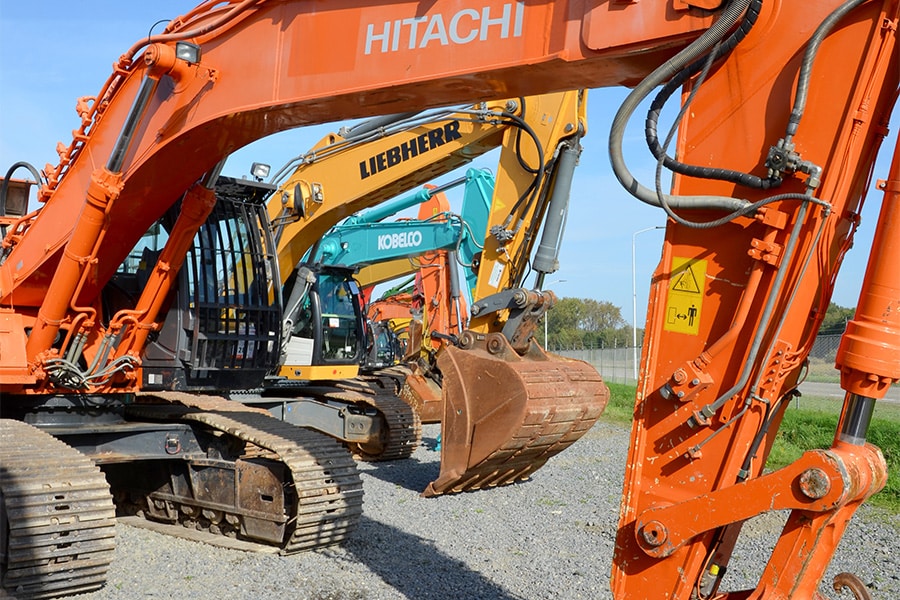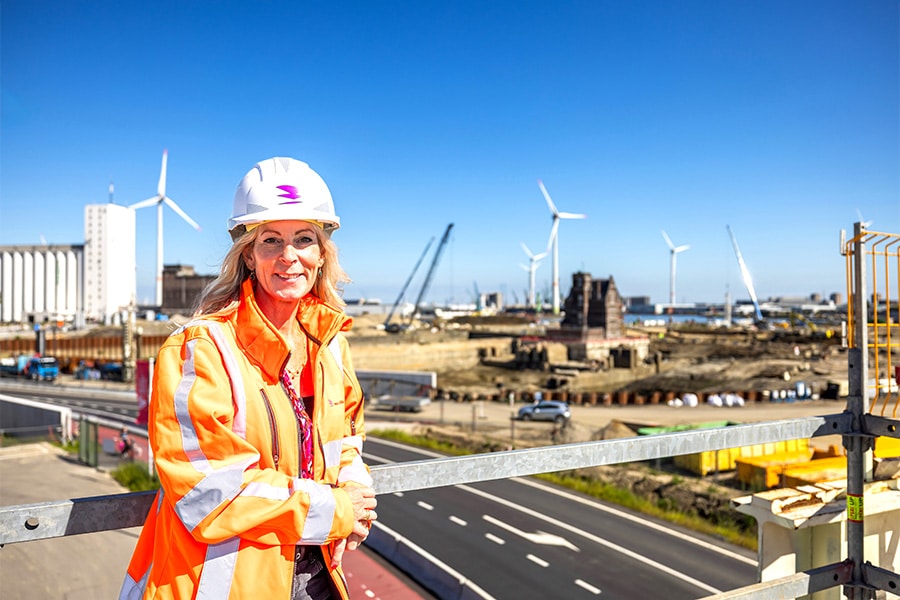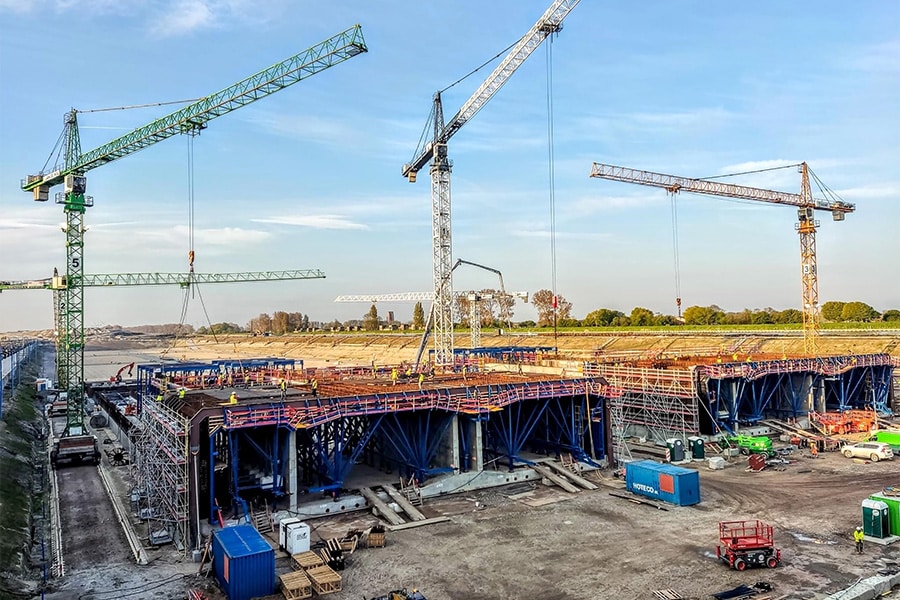
Managing damage risk at the Markermeer dikes
Dike reinforcement, environment and active monitoring
Risk management and environmental monitoring are important in the reinforcement of the Markermeer dikes. It must produce a safe dike, practical work must be done and damage prevention is a top priority. AMMD's Integral Monitoring Team (IMT) handles the planning and supports environmental managers, site engineers and execution, among others.
It is important that the built environment be and remain stable during the work. If unexpected damage occurs, clarity must be provided quickly. Imre van Hal, Aveco de Bondt consultant: "The tension is in what is best for the project or what is best for the environment. This is a healthy tension. You can only deal with this by active environmental monitoring and good plans. Not to put check marks and put away a report in a desk drawer but with environmental monitoring and preventive actions."

The preliminary work and work
Damages from embankments, excavations and vibrations naturally lurk. The challenging subsurface is the essence here. How can you do your job with these risks? Rick Oosterhoff, senior consultant Aveco de Bondt: "Policy and integral plans have been drawn up by the IMT, which clearly define the 'rules of the game' around damage prevention. The unique aspect of this large project is that for any high-risk locations, the environmental impact is looked at in detail." Imre: "The complexity of the project requires geotechnical engineers and other experts to interact between detail and overview of the whole. We assess the risks to the environment in advance with the latest models and insights into techniques. Field work and "old-fashioned" archive visits for foundation data are also performed. Clear plans and agreements are made in advance. From these come deliberate limits per phase coupled with release moments for the follow-up phases. By working in phases and measuring at the right moments you enable yourself to react immediately and thus limit the chance of damage. Also essential are the short lines of communication with the site engineers, execution and environmental managers to be able to take the right control measures."
Prominent role for environmental monitoring and damage prevention
This project has such risks that multifaceted measurements are necessary. In addition to the usual structural preliminary surveys and measuring bolts for height measurements, various measuring devices are used. Such as prisms and inclinometers to measure horizontal displacement, phenomarkers for ground level settlements, crack meters, vibration meters and monitoring wells. This involves many locations scattered along the 33-kilometer stretch. Imre: "It was striking that through the planning and follow-up on the environmental monitoring we really noticed that damage prevention started to live in the organization and rightly got a prominent role. So from all sorts of layers in the organization, people are switching and tinkering to prevent damage during the work."

What did it accomplish?
Environmental monitoring coupled with action perspectives has enabled the Alliance Markermeer Dikes to manage the risks. Naturally, local residents who experience vibrations and nuisance will have a different perception of this. The IMT provides environmental managers with knowledge to explain the difference between nuisance perception and damage. Managing the field of tension has so far been successful with the Markermeer dikes. The environmental monitoring including action plan provides clarity and guidance for both local residents and the entire alliance.



